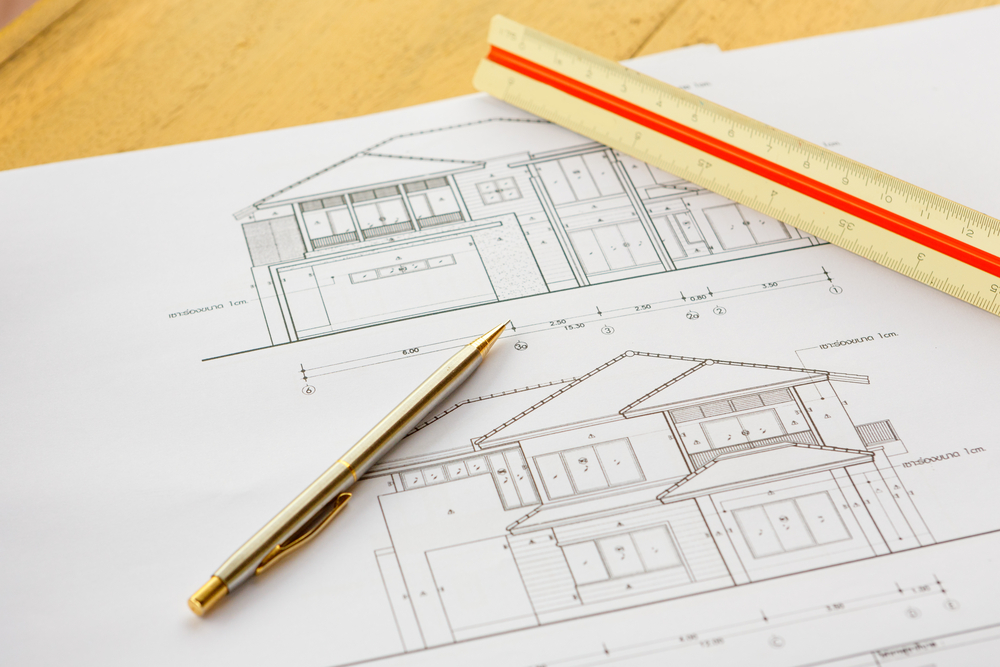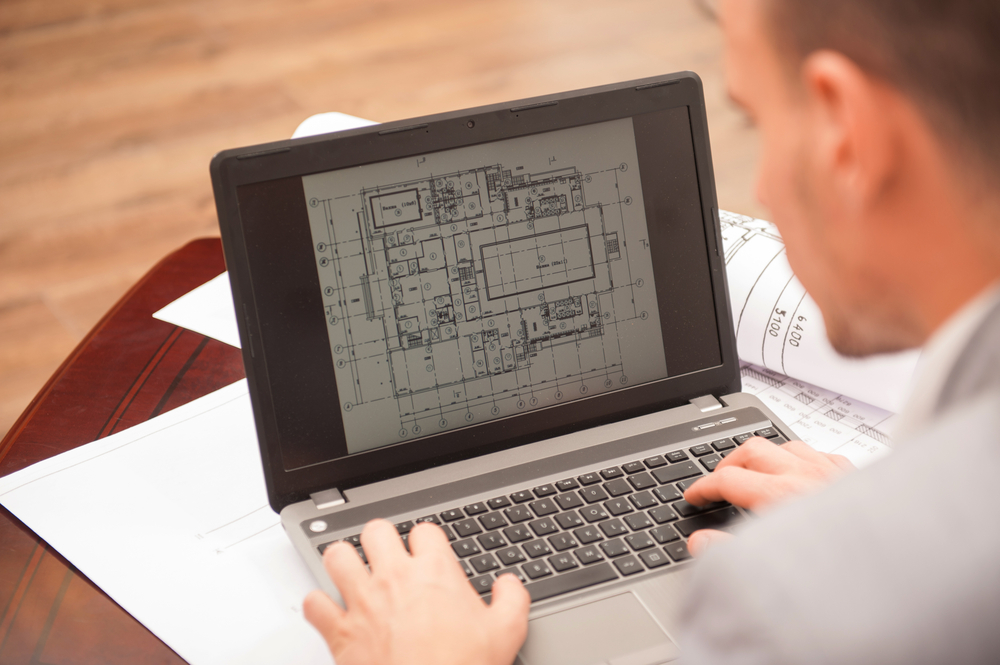- Defining your remodeling goals upfront helps shape a realistic budget.
- Researching typical project costs gives you a solid starting point.
- Professional design fees, permits, and inspections should always be included.
- Choosing where to splurge and where to save makes your budget flexible.
- A contingency fund protects you from unexpected expenses during the remodel.
Every homeowner dreams of transforming their space into something that feels both fresh and timeless, but managing the financial side of a remodel is often the most overwhelming part. Whether it’s a kitchen update, bathroom redesign, or full-scale custom home remodels in Wellesley, MA, careful budgeting ensures that your vision doesn’t get derailed by unexpected costs.
Without a clear plan, it’s easy to overspend, cut corners, or delay the project. In the following guide, we’ll walk you through the essentials of remodeling budgets, helping you anticipate expenses, prioritize your investments, and keep your project moving forward.
How do I determine a budget for a custom remodel?
Before you start choosing layouts or finishes, it’s smart to outline the financial framework of your project. A clear budget keeps your custom design goals realistic and achievable. Here are seven key steps to help you plan with confidence and avoid costly surprises.
Step 1: Define your remodeling goals
The first step in setting a budget is understanding exactly what you want to achieve. Are you updating a single bathroom or reimagining your space with an open floor plan, or tackling a full-scale home transformation? Each scope of work carries different cost ranges, so clarity at the start helps you avoid overspending later. Write down your must-haves and your nice-to-haves. These lists will become crucial when balancing design aspirations against financial realities.
Step 2: Research typical cost ranges
Once you know your goals, research what projects like yours generally cost in your area. Kitchen remodels, for instance, often vary widely depending on layout changes or custom cabinetry. Bathrooms can range from modest upgrades to spa-like retreats with luxury finishes. Looking at regional averages, talking with contractors, or reviewing cost reports provides a realistic baseline before you commit to specific numbers.
Step 3: Factor in design and professional fees
Budgeting isn’t just about materials and labor. Professional design services, permits, and inspections all come with costs that should be included from the start. If you’re working with a design-build firm, much of this is integrated into the overall proposal, but it’s still worth asking for a clear breakdown. Skipping these line items can lead to surprises mid-project, so treat them as essential components of your budget rather than extras.
Step 4: Choose materials and finishes wisely
Your material selections play one of the biggest roles in shaping your final costs. Custom cabinetry, imported tile, or high-end fixtures can elevate the design but also increase your budget significantly. On the other hand, durable mid-range options often deliver style and performance without the premium price tag. It helps to prioritize where you want to splurge, perhaps on countertops or statement lighting, and where you’re comfortable saving.
Step 5: Plan for labor costs
Labor is typically the largest portion of any remodeling budget. Experienced contractors bring craftsmanship and reliability, and those qualities come at a fair cost. Rates can vary depending on project complexity, the time required, and even seasonal demand. Requesting detailed estimates from your contractor ensures you understand how labor contributes to your total investment, and it helps you compare bids on equal footing.
Step 6: Don’t forget permits and inspections
Permitting may not be the most exciting part of remodeling, but it’s necessary to ensure your project complies with local codes and safety standards. Permit costs can vary by municipality and project scope, but they should never be an afterthought. Including them in your budget early on keeps your remodel compliant and avoids costly delays if an inspector requires changes after the work has begun.
Step 7: Add a contingency fund
Even with the most careful planning, unexpected expenses can arise. A hidden plumbing issue behind the wall or structural repair needed in an older home can add to your costs. Setting aside 10–20% of your total budget as a contingency fund gives you breathing room to address surprises without halting progress or sacrificing your design plans.
Who are the go-to experts for custom home remodels near me in Wellesley, MA?
At Northeast Kitchen Remodel & Design Build, we know that a successful remodel in Wellesley begins with clarity. That’s why we focus on creating budgets that reflect your vision while keeping costs predictable. From the first consultation to the final walk-through, we provide a transparent timeline so you know exactly how long your project will take, eliminating the stress of unexpected delays or hidden costs.
Whether you’re expanding a kitchen or integrating smart home features that make life easier and more enjoyable, our solutions bring both comfort and long-term value. Schedule a consultation today!

